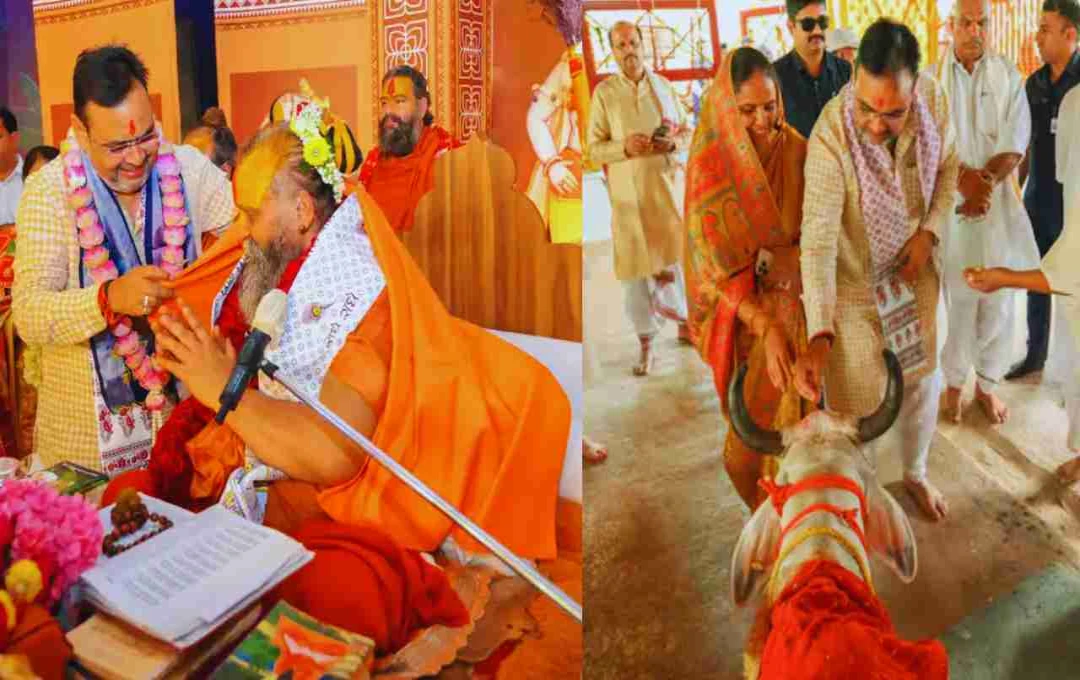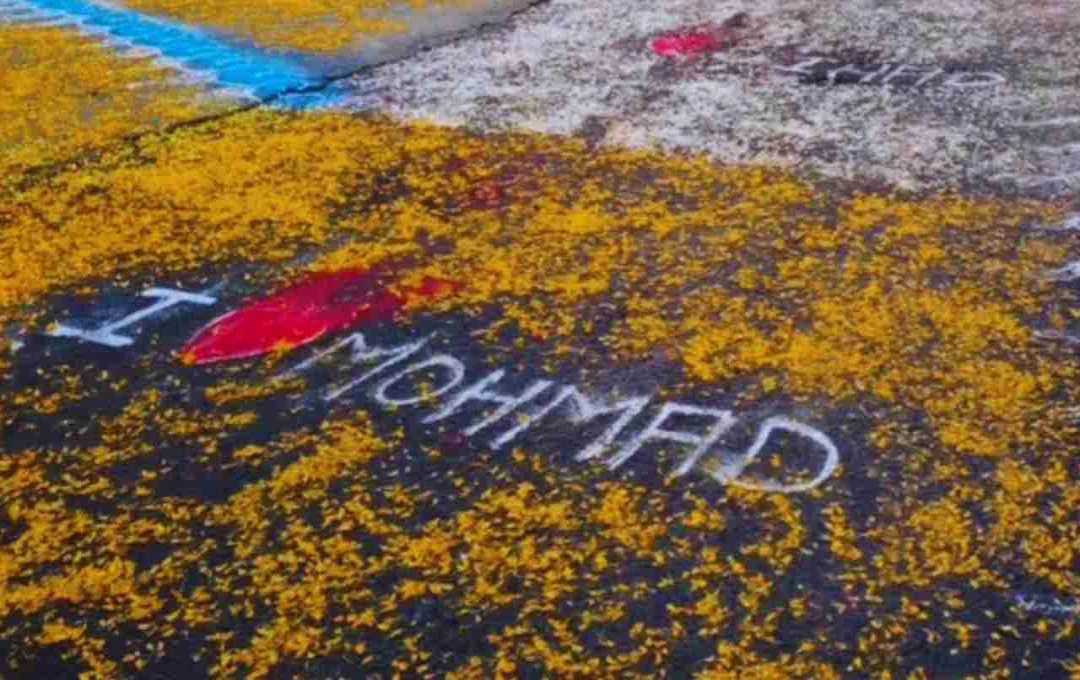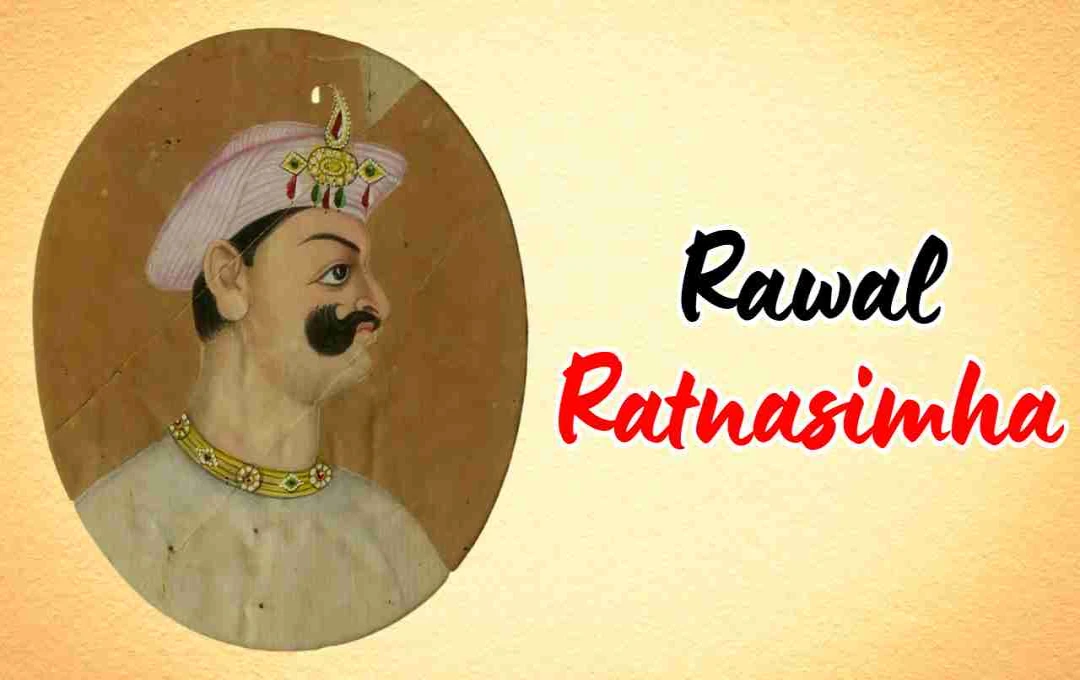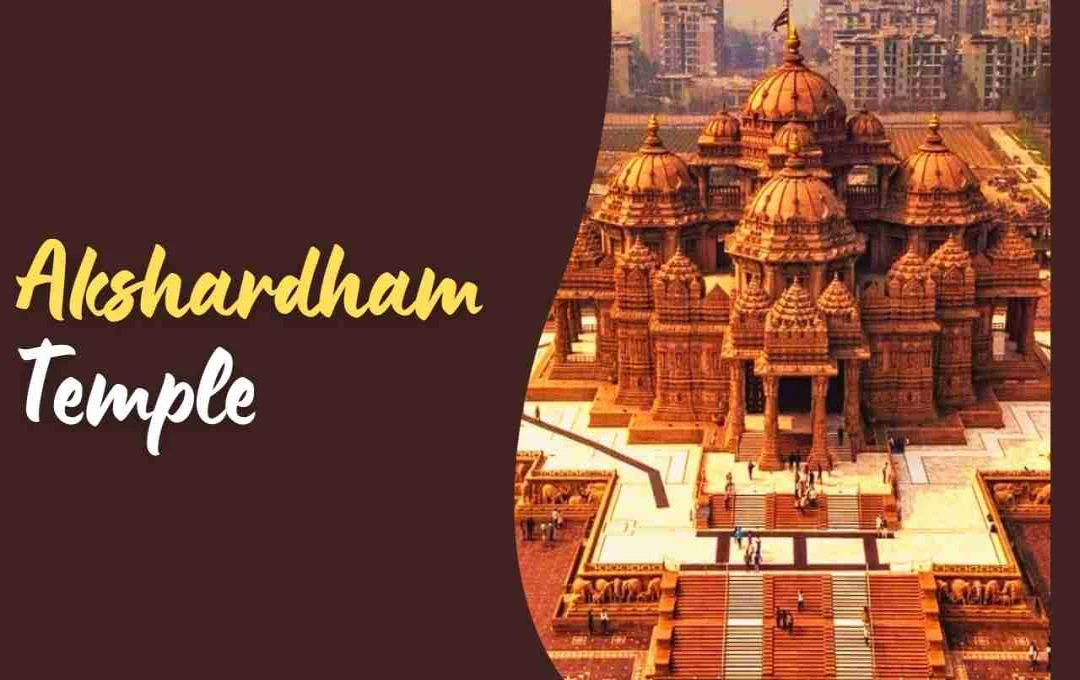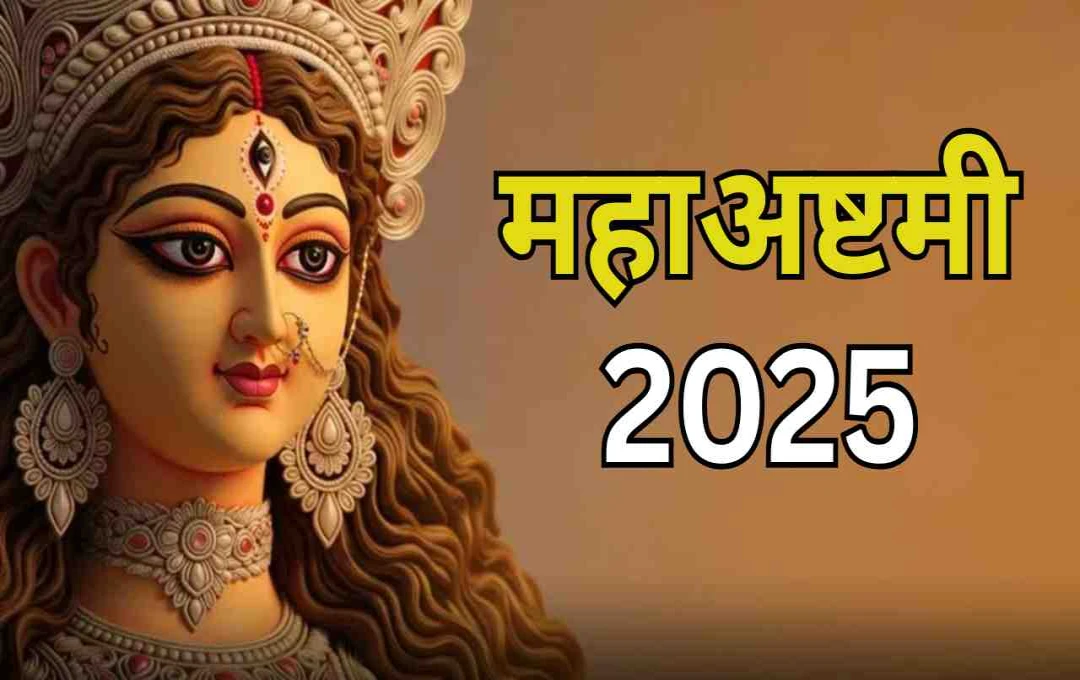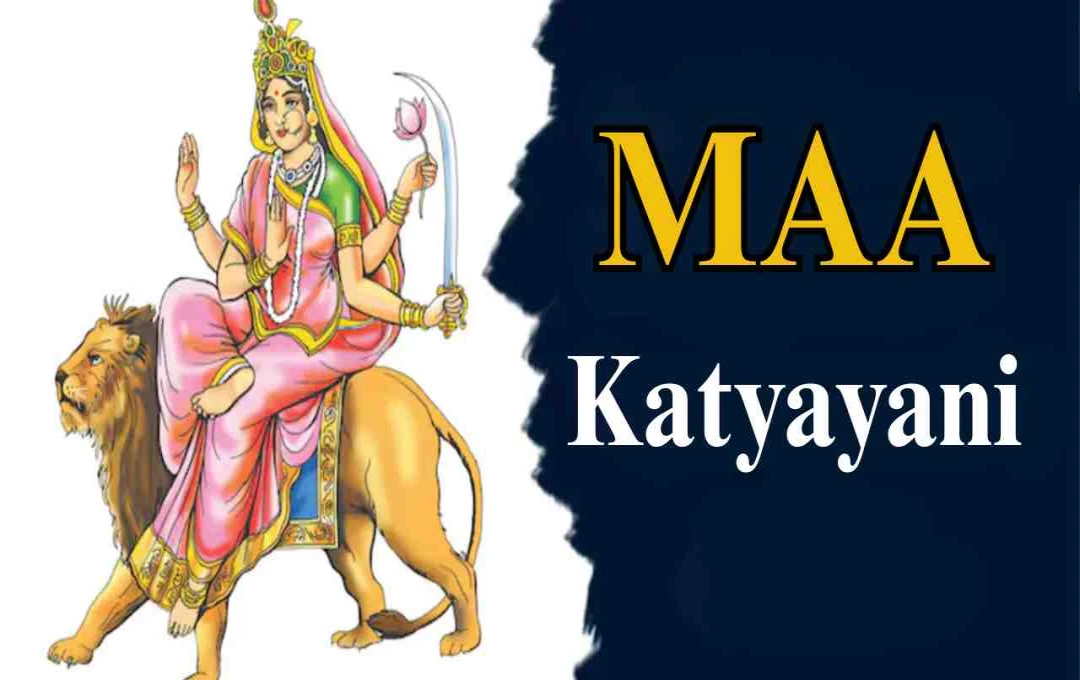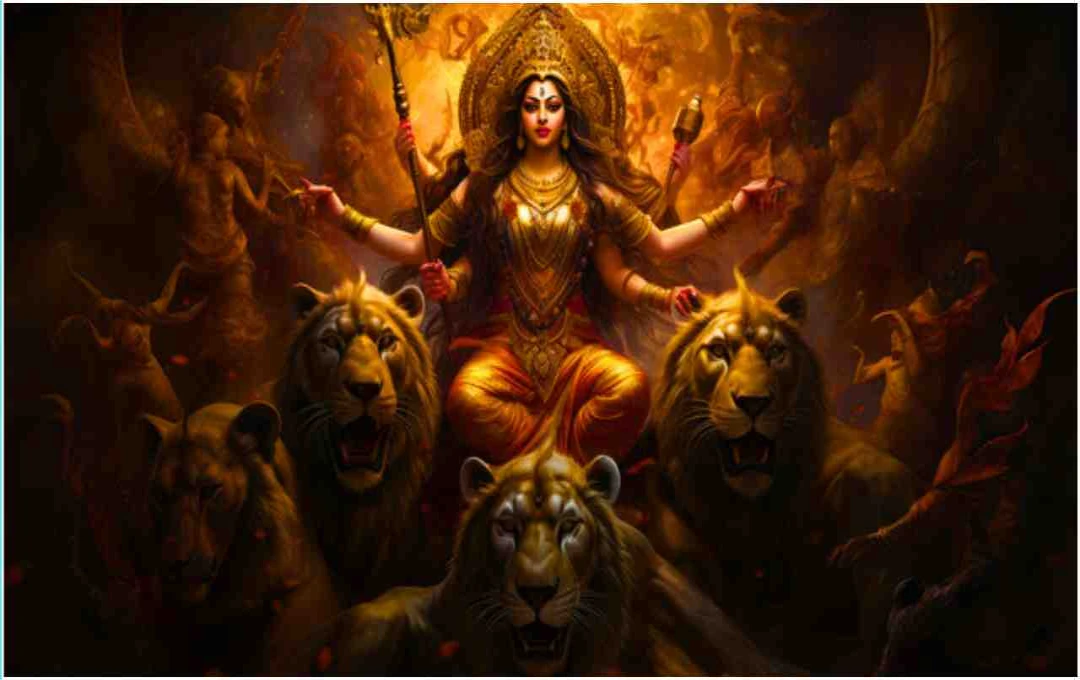Among Delhi's historical heritage sites, one name stands out, holding within its layers of time numerous secrets and a glorious history. That name is Feroz Shah Kotla. It is not merely a fort, but a unique confluence of Indian history, architecture, religious beliefs, and mystical traditions. In this article, we will analyze the historical background, architectural art, religious significance, and social impact of Feroz Shah Kotla.
A Magnificent Example of Tughlaq Architecture
Feroz Shah Kotla was constructed around 1354 AD by Sultan Feroz Shah Tughlaq of the Tughlaq dynasty of the Delhi Sultanate. Its purpose was to secure his new capital, 'Firozabad.' The word 'Kotla' means 'fort' or 'citadel,' and the site was situated on the banks of the Yamuna River, facilitating water supply and trade. The fort was built in the Tughlaq style, characterized by the use of b stones, simplicity, and efficiency. Its massive walls, turrets, and other architectural remnants highlight the military power and architectural vision of the Tughlaq rule.
Ashoka Pillar: Echoes of the Mauryan Era
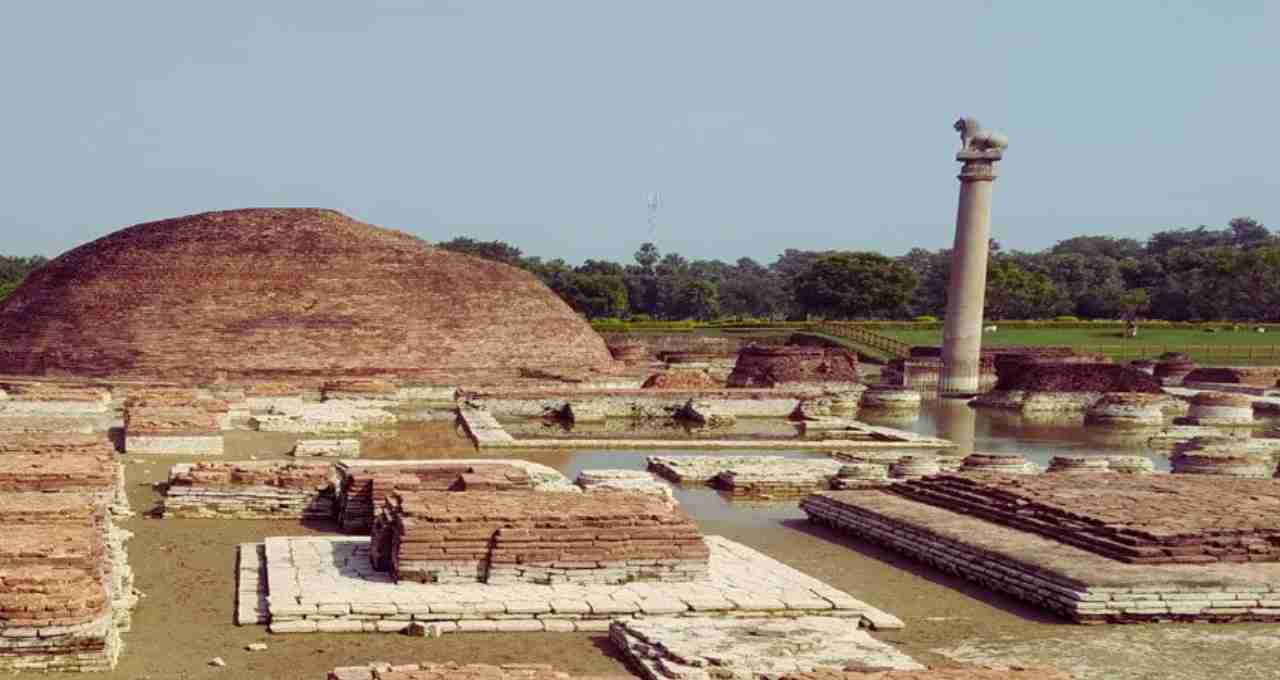
One of the greatest features of Feroz Shah Kotla is the Ashoka Pillar. This is a polished sandstone pillar dating back to the 3rd century BC, built by the Mauryan Emperor Ashoka. This pillar was originally located in the village of Topra in Haryana. Feroz Shah Tughlaq brought it to Delhi in the 14th century and installed it in the Kotla complex. The pillar bears inscriptions in Prakrit language in Brahmi script, which were later decoded by the English scholar James Prinsep in 1837. These inscriptions contain Ashoka's teachings on morality, compassion, non-violence, and the propagation of dharma in society. The architectural and historical significance of the pillar makes it a national heritage.
Jami Masjid: A Living Example of Tughlaq Architecture
The Jami Masjid, located within the Feroz Shah Kotla complex, is one of the oldest mosques in Delhi still in use. It is constructed from limestone and quartzite stone. The mosque is built on high substructures, above which are located prayer rooms and a large courtyard. The entrance to the mosque is in the north direction, connected to the Ashoka Pillar. It is believed that when Timur invaded Delhi in 1398, he offered prayers in this mosque and was so impressed by its architecture that he built a mosque in Samarkand modeled after it.
Circular Baoli: A Unique Example of Water Structure
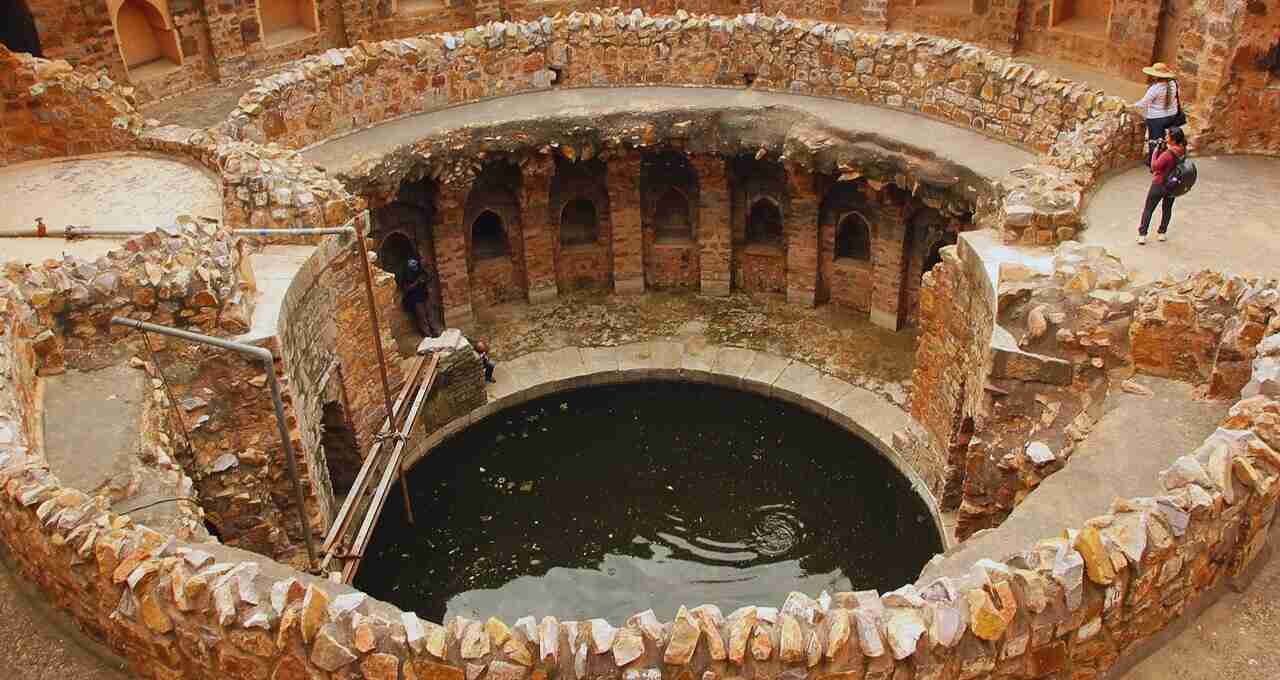
The circular baoli located in the Kotla complex is the only baoli in Delhi that is built in a completely circular shape. It is underground, and its water came through an underground canal. It had two levels and a roof on top, which has now collapsed. For security reasons, this baoli remains closed to the general public.
The City of Mysterious Jinns
Feroz Shah Kotla is famous not only for its history and architecture but also due to the beliefs surrounding Jinns. Every Thursday, hundreds of people come here with their prayers, supplications, and wishes. It is believed that the Jinns residing here listen to these wishes and fulfill them. Papers stuck to the walls, incense sticks, flowers, and locks are witnesses to these beliefs. This tradition is relatively new, believed to have started around 1977 after the Emergency. But now this place has taken the form of a religious pilgrimage, where people come in search of spiritual peace.
Cultural Heritage and Modern Usage
In the pre-independence era, Feroz Shah Kotla was also a major center for cultural events. Classical music performances and historical plays were organized here. In 1964, the famous playwright Dharamvir Bharati's play "Andha Yug" was staged here, in which Prime Minister Jawaharlal Nehru was also present. Even today, this place remains a center of attraction for artists, historians, researchers, and tourists. The nearby Feroz Shah Kotla Stadium has also spread the identity of this place globally.
Conservation and Future Challenges
Feroz Shah Kotla is a protected monument, which is looked after by the Archaeological Survey of India. However, due to time and pollution, many parts of it have turned into ruins. Increasing population, encroachment, and the abundance of religious activities have become a challenge to its conservation. In such a situation, it is necessary that the government and the general public work together in the direction of its conservation, understanding its importance.
Feroz Shah Kotla is not just a historical fort, but a living symbol of Indian civilization, culture, and faith. Its walls are witnesses to history, the pillars give a message of morality, the mosque is an example of religious tolerance, and the baoli is an example of environmental understanding. Even today, this fort reflects not only Delhi but also the diversity and unity of India. The importance of such heritage is not limited to the past; they are also a source of inspiration for future generations. Feroz Shah Kotla is one such place – where history speaks, and the future learns.



